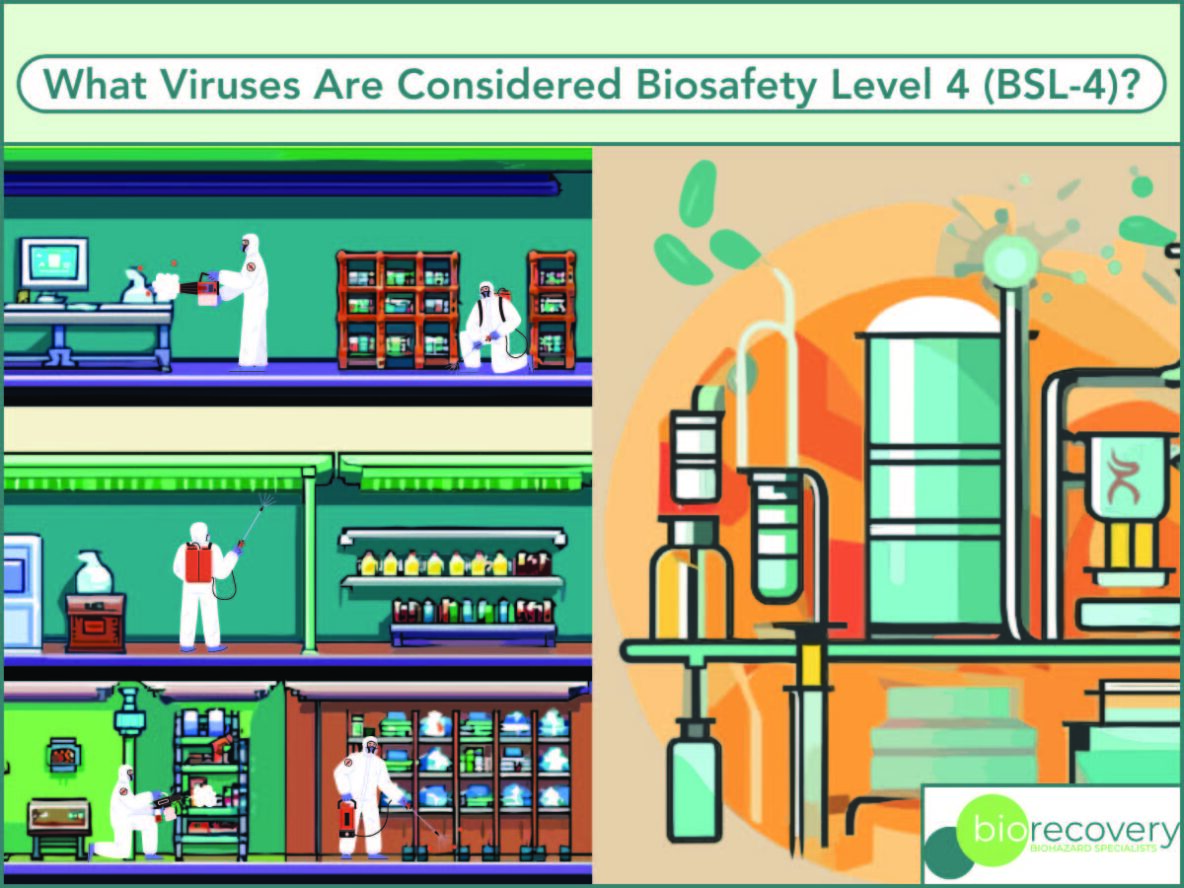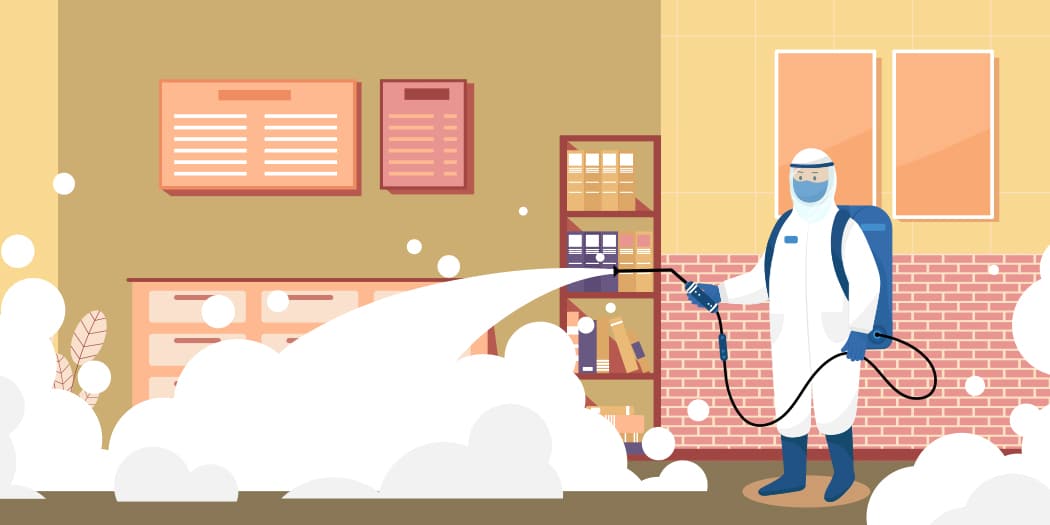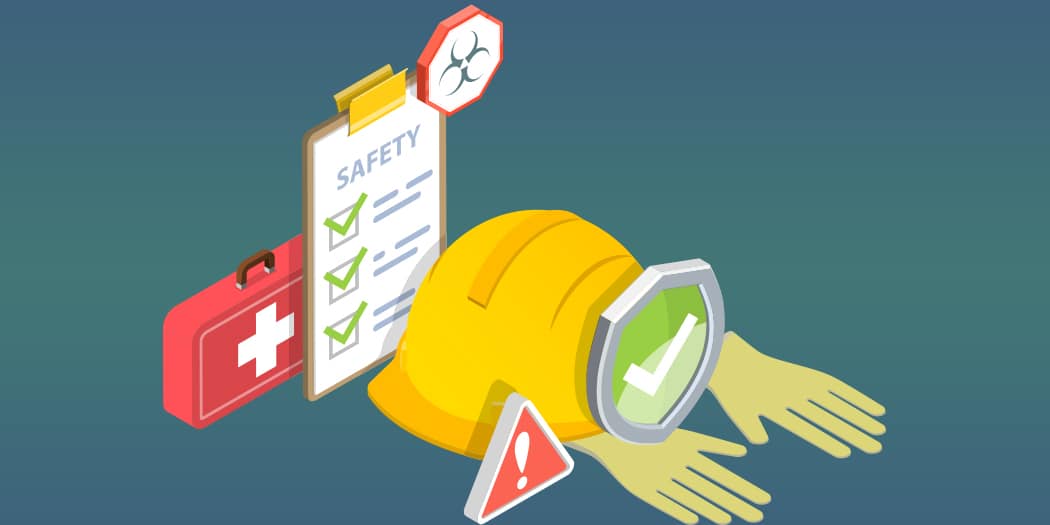Violent crimes, tragic road accidents and suicides often leave behind bloody scenes. Many people attempt to clean blood on their … Read More
The Essential Guide to Crime Scene Cleanup: Understanding the Importance of Professional Training and Certification
Understanding the intricacies of crime scene cleanup is essential for anyone considering entering this field. While it might seem like … Read More
What Viruses Are Considered Biosafety Level 4 (BSL-4)?
Before 2020, very few people were concerned about research on contagious viruses and vaccine development. Of course that all changed … Read More
The Listeria Outbreak: Everything You Need to Know
Key PointsListeria Outbreaks from 2020-2023What You Need to Know About ListeriaHow to Prevent ExposureWhat to do if You Suspect Listeria … Read More
What is a Standard Operating Procedure (SOP)?
Components of a SOPScopePurposeApplicationProfessional biohazard companies like Bio Recovery are trained to follow OSHA laws and regulations. A Standard Operating … Read More
Bed Bugs, Head Lice and Crabs, Oh MY!
Key PointsFacts About Head LiceFacts About Body LiceFacts About CrabsAbout Bed Bugs in the USParasites that feed on human blood … Read More
The OSHA Standards for Reducing Bloodborne Pathogen Risks
Key PointsTypes of Bloodborne PathogensOSHA Bloodborne Pathogens StandardImplementing an Exposure Control PlanInformation and TrainingA bloodborne pathogen (or BBP) is any … Read More
The 4 Types of Hazardous Waste
Key PointsListed WasteCharacteristic or Non-listed WasteMixed WasteE-WasteHow to Properly Dispose of Hazardous WasteYou may think there is only one kind … Read More
Understanding OSHA Regulations for Biohazardous Waste
Key PointsTypes of Biohazardous MaterialRecognizing Biohazardous MaterialsEvaluating Exposure to Biohazardous SubstancesPrevention and ControlHazardous waste legislation went into effect when the … Read More
5 Outbreak Movies That Could’ve Predicted the Pandemic
5 Top Viral Disease MoviesBefore the Fire (2020)Outbreak (1995)The Stand (1994)I Am Legend (2007)Rampage (2018)The idea of a deadly infectious … Read More









